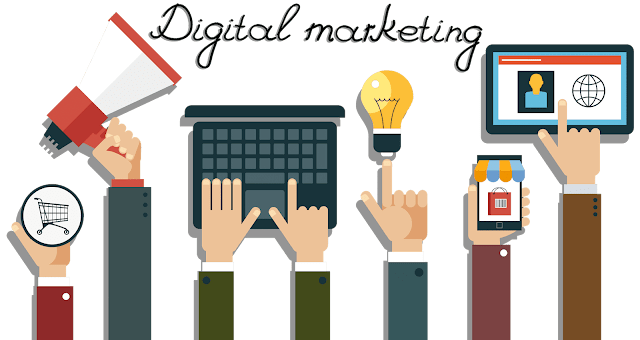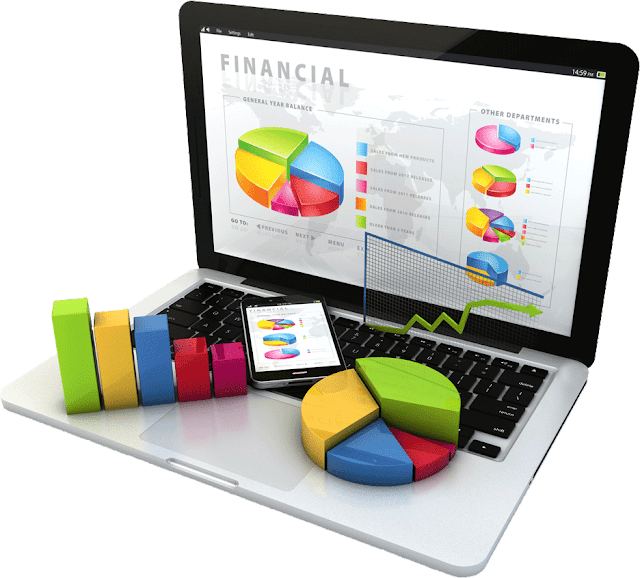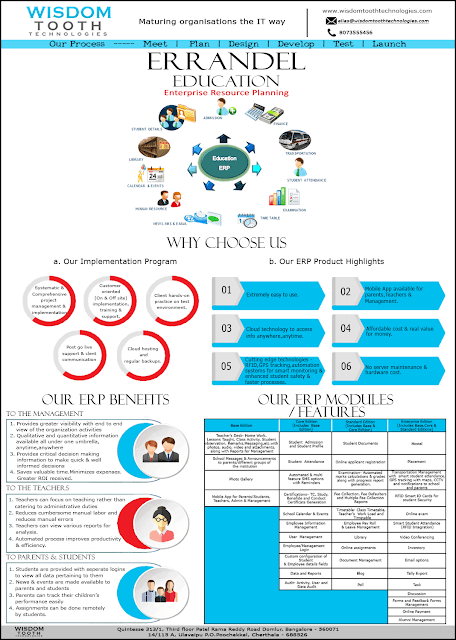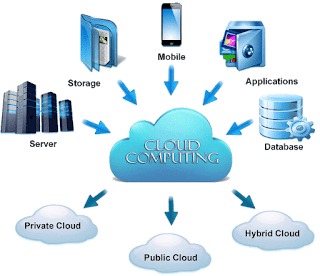The way companies of all sizes do business is changing largely because of advancements in information technology. From new technological devices like tablet computers, PDAs and smart phones, to increasingly advanced applications, software and communication networks, the workforce is becoming a more global entity that puts more companies on equal footing with access to information anywhere in the world. Innovations in technology have improved operations at companies of all sizes and helped turn small local businesses into global businesses.
Marketing
Technology has freed small businesses from the restrictions of prints ads when it comes to reaching new and existing customers. Internet marketing ranges from a simple informational website, to advertising on search engines, to online product sales. Email marketing is an effective and low cost method to reach a large group of people with a newsletter, coupons or business updates. Mobile marketing is a relatively new frontier that reaches people through text messaging, advertising on mobile applications and offering branded applications that tie customers into what is happening with the business in a fun and entertaining way.
This new way of networking also means a new approach in marketing. Successful marketing depends on understanding what customers need, want and expect, and social networking allows their voices to be heard by fellow customers and the company itself. If a customer finds a product poor or unsatisfactory, he or she can voice this opinion online and possibly affect the decisions of other customers. Businesses can use this part of information technology to study what works, what doesn't and how best to market their products to potential customers.
Networking
Networking has always played an important role in business, and information technology makes communication and sharing of ideas with colleagues around the world almost instantaneous. In addition, more recent social networking sites such as LinkedIn, Facebook and Twitter allow businesses an unprecedented level of contact and communication with their customers. By harnessing this part of information and communication technology, companies can share information virally. This means as each customer or worker shares information about the company online, the number of people who are exposed to the information grows exponentially.
Cell phones have become small business necessities for owners and employees. These devices are lifelines for staying in touch when on the road and responding to customer inquiries in a timely manner. Smartphones raise the bar with access to the Internet, email and business applications in a small hand held device. Email, text messaging and social networking is the other advances in communication that keep small businesses connected to their customer bases and improve internal communication within the company.
Finances
Keeping a close eye on income and cash flow is an integral part of managing a successful small business, but this process can quickly turn into a time suck if you don't have the right technology.
Software and service-based technologies can help identify and reduce bloated spending. For example, print management services can dramatically reduce an expense that typically eats up 1-3% of your revenue by setting controls and offering recommendations. Another example: the cloud. Cloud computing leverages off-site, virtual-based technology to store data and software applications that can be accessed from anywhere. It allows you to keep hardware costs to a minimum during times of expansion or contraction and can give you a great boost in security.
Employee Productivity
Today’s technology provides you with the ability to maintain normal operations in less-than-normal conditions. With data backup and disaster recovery services, you can quickly spring back to your feet after a disaster or outage, minimizing downtime and maximizing employees’ ability to get the job done. Technology can also improve productivity by eliminating time-consuming processes. For example, document management software can eliminate the need for data entry, filing and manual file retrieval while managed IT services lift the burden of routine maintenance and backup off of your limited internal IT resources.
Small businesses need to wring every ounce of productivity out of their operations and technology tools help employees get tasks done more quickly. This may range from printing out marketing materials to providing customer service through email or online chat. The key is to keep employees focused when using technology and to use it appropriately with the goal of saving time. Sometimes, a phone call may be more efficient and productive than an email. Provide employees with the right hardware and updated software to keep them working at peak proficiency.
Teleconferencing
Teleconferencing among multiple participants in two or more locations is a strategic communication tool deployed by many companies with multiple locations and dispersed employees. Business cyclical shifts and economic downturns tend to see a rise in the use of teleconferencing facilities. Used judiciously and strategically, teleconferencing can enhance organizational productivity, engage employees at all levels and reduce travel budgets.But advancement in recent years has brought web conferencing to the fore. Web conferencing can bring together web cams, audio and collaborative online meeting spaces to create an extremely interactive environment. Participants can see each other, work together on documents and recreate the in-person meeting experience no matter where they are in the world. This is one way that small businesses can extend their reach to include global customers and workers.
Some of the biggest advantages of teleconferencing are it saves time, reduces travel, streamlines costs, short notice scheduling, enhances productivity.
Customer Service
Technology brings business closer to customers. Businesses uses email to answer questions, offer online chat to help customers that are visiting the business website, and equip call centers with the latest phone equipment that makes customer service agents more efficient. Give customers a choice of ways to contact the company. Technology is powerful, but keeps the people element in mind and don't skimp on training employees in effective customer service techniques and the proper use of the technology. Leveraging records management systems and phone system integration with your CRM provides your staff with access to the most up to date customer information as quickly as possible, accessible from almost anywhere.
Many small business owners use Customer Relationship Management (CRM) systems to meticulously plan out their interactions with customers in record time. With a CRM, you can keep all of your customers' contact information in one place, alongside detailed information on the products they have purchased, the feedback they've given you, and the marketing materials you've shown them.Keeping track of this makes it easier to offer outstanding customer service, as well as targeted marketing materials based on your customers' habits and preferences.
Technology undoubtedly improves business performance in multiple facets. Even a single technology can improve your business across a number of key performance indicators. By examining your objectives and setting the KPI’s( Key Performance Indicator) that matter for your organization, you can more easily select the technology that will advance your business and improve performance.






































